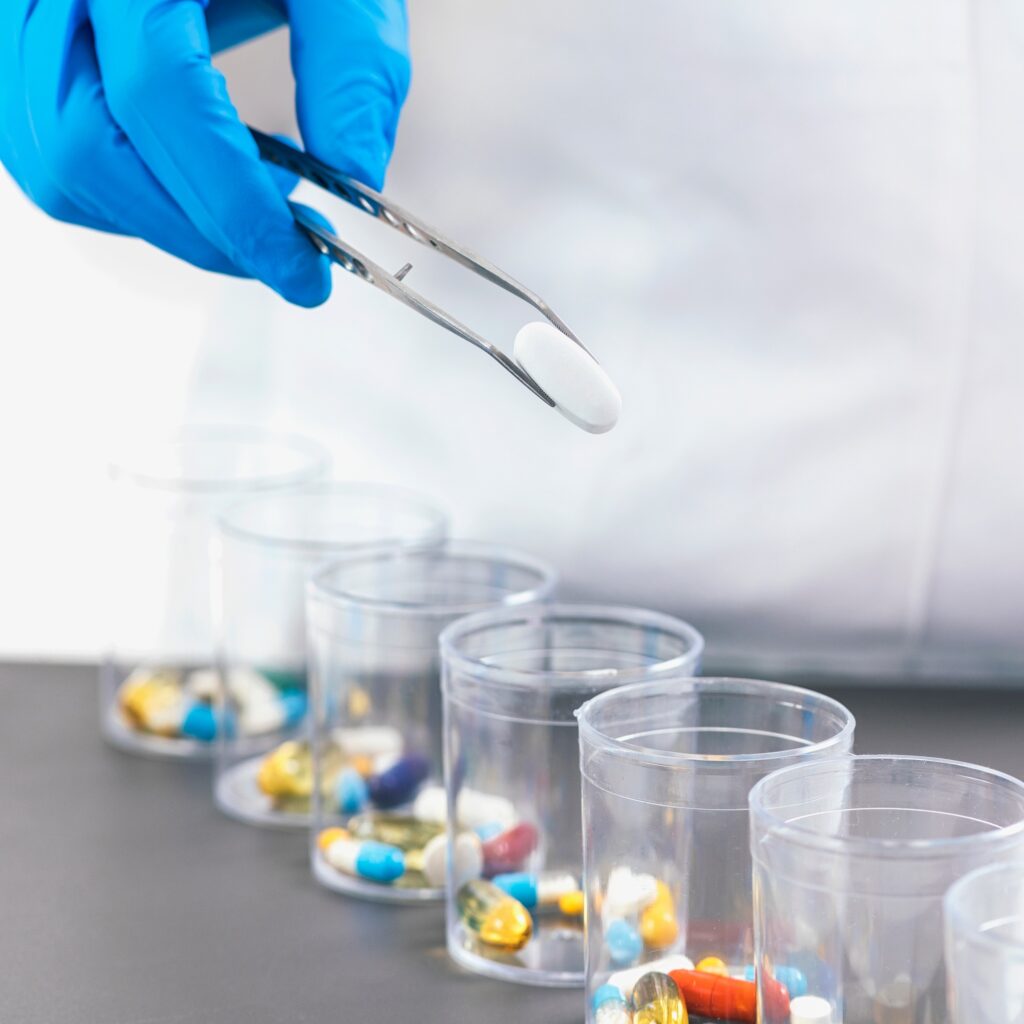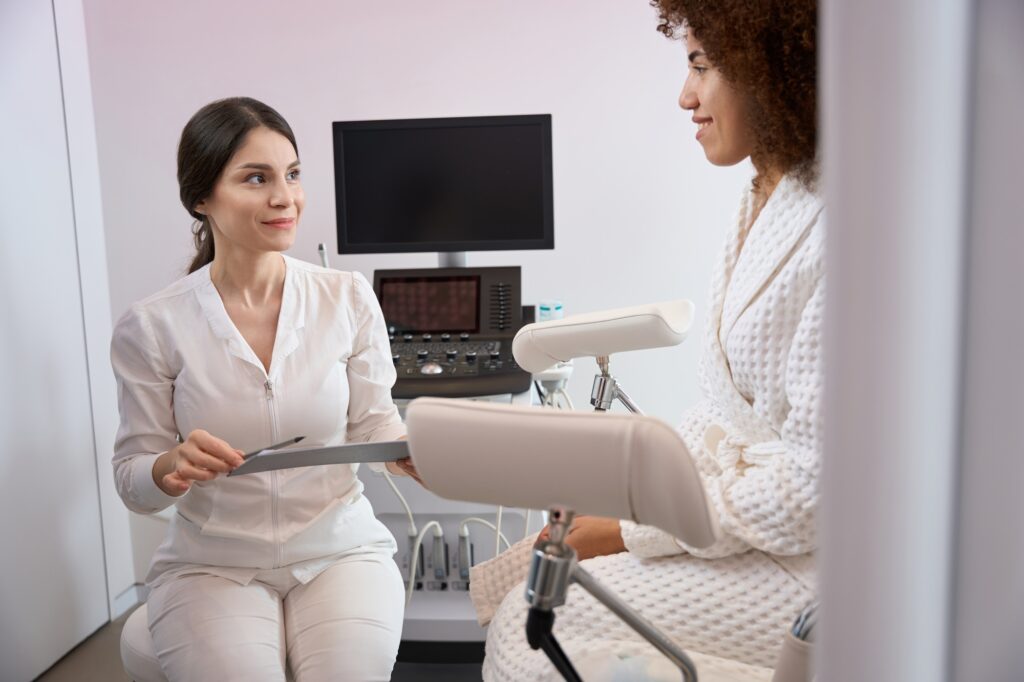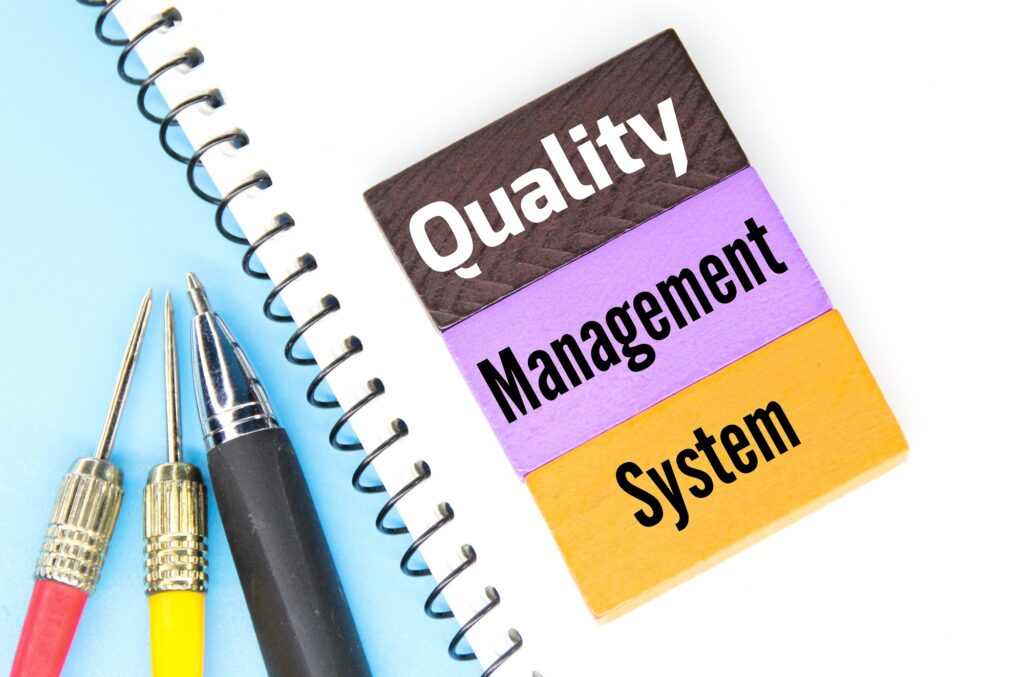Site and Patient Recruitment Site and Patient Recruitment Site and...
Read MorePharmacovigilance and Safety Reporting

Pharmacovigilance and Safety Reporting
Pharmacovigilance and Safety Reporting are vital components of clinical research and product lifecycle management, focusing on the detection, assessment, understanding, and prevention of adverse effects and other drug-related problems. These services play a crucial role in ensuring patient safety and maintaining the therapeutic efficacy of products throughout their lifecycle. By employing systematic methods to monitor drug safety, CROs help pharmaceutical companies meet regulatory requirements and maintain public trust.
Pharmacovigilance involves the continuous collection, assessment, and monitoring of safety data from clinical trials and post-marketing surveillance. Safety Reporting, a core aspect of this service, ensures that any adverse events are diligently documented and communicated to regulatory authorities in a timely manner. Together, these processes provide a comprehensive framework to safeguard patient well-being and inform healthcare decisions. A robust pharmacovigilance system not only enhances drug safety but also contributes to the optimization of therapeutic benefits.
Sub-Services
Adverse Event Reporting and Management
Systematically capturing and managing adverse event reports to ensure timely submission to regulatory authorities and prompt investigation.
This service involves establishing robust processes for adverse event detection, documentation, and evaluation. Efficient management ensures that potential safety signals are identified and addressed rapidly, minimizing risks to patient safety.
Signal Detection and Risk Assessment
Identifying and evaluating safety signals through advanced data analysis techniques to assess potential risks associated with a drug.
Signal detection involves continuous surveillance of safety data to identify trends or patterns that may indicate emerging safety concerns. Risk assessment then evaluates the significance of these signals, guiding decision-making regarding risk mitigation and product labeling updates.
Periodic Safety Update Reports (PSURs) and Development Safety Update Reports (DSURs)
Preparing comprehensive safety reports that provide a periodic review of product safety data and summarize risk management activities.
PSURs and DSURs are critical for maintaining product safety profiles and ensuring regulatory compliance. These reports integrate data from various sources, offering a holistic view of the drug’s safety performance and any changes in the benefit-risk balance.
Benefit-Risk Evaluation
Conducting thorough benefit-risk analyses to ensure that the therapeutic advantages of a product outweigh any potential risks.
This service involves a detailed examination of clinical trial data, adverse event reports, and post-marketing experiences. By balancing benefits against risks, CROs help sponsors make informed decisions about product development and market strategy.
Safety Database Management
Establishing and maintaining safety databases to securely store and manage all pharmacovigilance data.
Safety database management involves implementing advanced software solutions that support efficient data entry, retrieval, and analysis. These systems enable seamless integration of safety data from multiple sources, enhancing data accessibility and reliability.
Pharmacovigilance Audits and Inspections
Conducting regular audits and preparing for regulatory inspections to ensure compliance with pharmacovigilance requirements.
Audits involve a thorough review of pharmacovigilance systems and processes, identifying areas for improvement and ensuring adherence to guidelines. Preparedness for inspections demonstrates a commitment to maintaining high safety standards and regulatory compliance.
Risk Management Planning
Developing and implementing risk management plans (RMPs) to proactively identify, evaluate, and mitigate potential risks throughout a product’s lifecycle.
RMPs provide a strategic framework for managing safety risks, incorporating measures such as targeted safety studies, educational programs, and communication strategies to minimize potential adverse effects.
Pharmacovigilance Training and Education
Offering training programs to enhance the skills and knowledge of staff involved in pharmacovigilance activities.
Training sessions cover critical aspects of pharmacovigilance, including adverse event reporting, signal detection, and regulatory requirements. By fostering a culture of safety awareness, CROs help ensure consistent and effective pharmacovigilance practices.
Why Choose Omega?
Omega CRO is your trusted partner for pharmacovigilance and safety reporting, offering a wealth of experience and dedication to ensuring the highest standards of drug safety. Our comprehensive approach integrates advanced technologies and expert insights, enabling us to effectively monitor safety signals and manage risk. Omega’s proactive strategies and meticulous attention to detail help safeguard patient well-being and enhance product safety profiles.
Choosing Omega means benefiting from a team committed to excellence in pharmacovigilance practices. We provide tailored solutions that align with your specific needs and regulatory requirements, ensuring seamless compliance and effective risk management. With Omega, you gain a partner who prioritizes patient safety and supports your efforts to deliver safe and effective therapies to the market.
Categories
Have Any Question?
Contact us !
- (+90) 312 426 77 22
- info@omega-cro.com.tr
Bilgi Merkezi
Medical Writing
Medical Writing Medical Writing Medical Writing is a specialized service...
Read MoreQuality Assurance and Compliance
Quality Assurance and Compliance Quality Assurance and Compliance Quality Assurance...
Read MoreProject Management
Project Management Project Management Project Management is a pivotal service...
Read More







